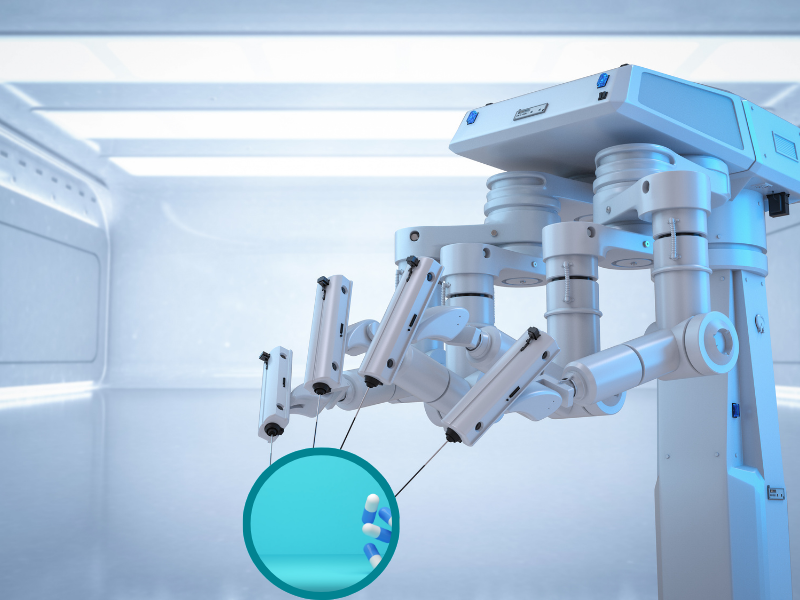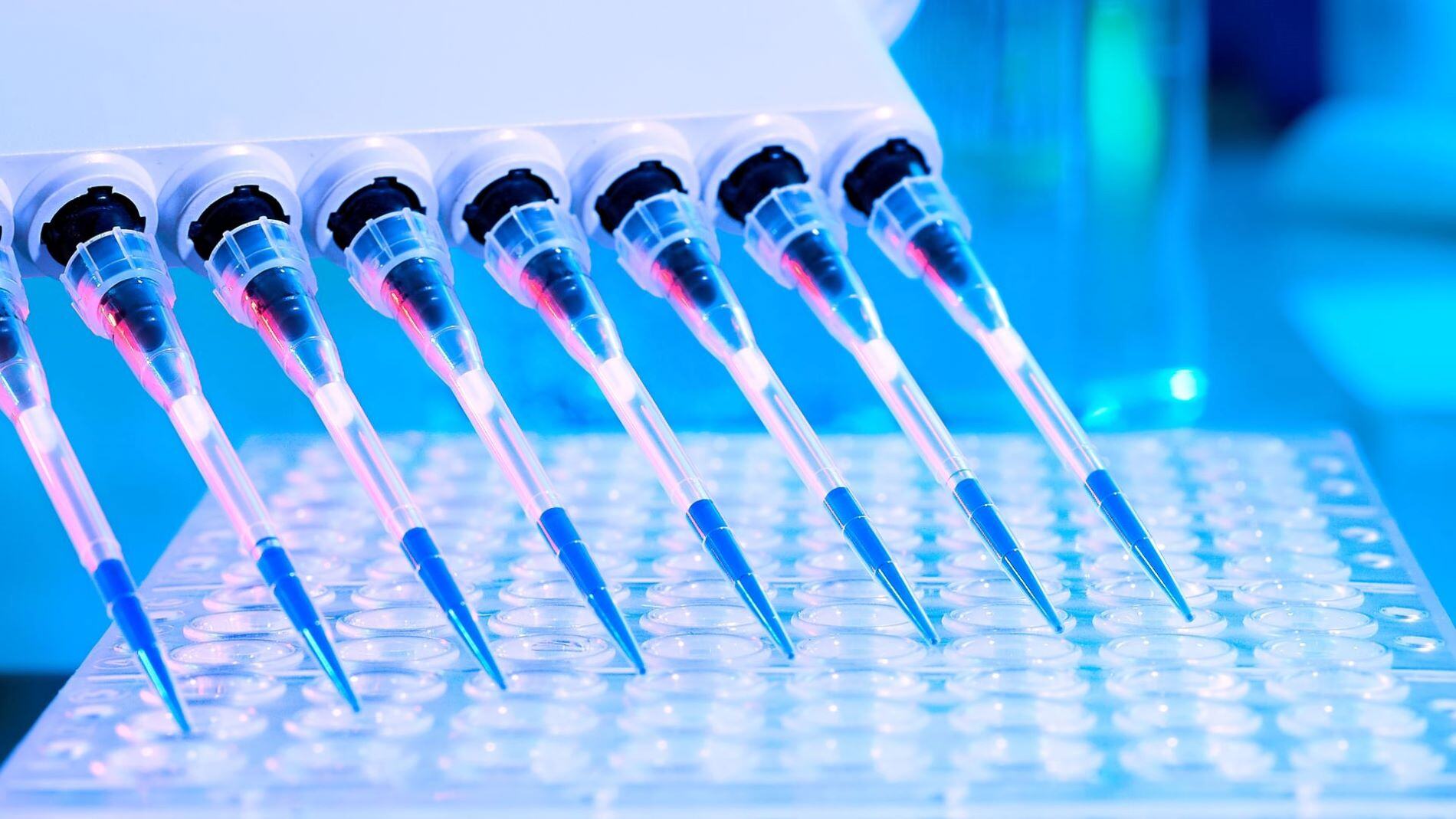Robotic Surgery: Pioneering Precision in Medical Advancements

Robotic surgery allows doctors to perform medical procedures with greater control, flexibility, and precision than conventional techniques. It has undoubtedly become an invaluable tool for a vast array of operations and has led to significant breakthroughs. But how did robotic surgery reach its current heights, and where will it go from here?
Robotic surgery originated in the 1970s when NASA began examining the possibility of telesurgery, which would have allowed surgeons on Earth to perform procedures on astronauts in orbit using machines in the space stations. However, telesurgery could not be implemented at the time due to lags between surgeon and machine movement. The technology continues to be developed today but is still yet to see widespread adoption.
In the 80s and 90s, researchers began working on laparoscopic surgery, also known as minimally invasive surgery. It relies on a thin, light optical instrument being inserted into a small incision, meaning surgeons can operate inside the body.
- How AI Integration is Optimising Drug Development Pipelines
- CellQualia: The Robot Changing the Face of Stem Cell Therapies
- mRNA Vaccine Development to Get a Quantum Boost
The da Vinci System has been one of the most extensively adopted of the various minimally invasive surgery systems developed. The elimination of unwanted hand tremors thanks to the scaled movements of the robotic arms, the increased dexterity in restricted spaces thanks to wristed motions which mimicked human hand movements, and by offering 3D visualisation thanks to its binocular camera system are some of the most significant benefits provided by the da Vinci System.
Haptic feedback is another exciting area of development – haptic feedback systems provide surgeons with tactile feedback during robotic procedures, enhancing surgeons’ perception and control. This should enable even greater precision when conducting minimally invasive surgeries.
The future of robotic surgery looks bright. Much work is currently being done to integrate AI into these processes, aiming to improve preoperative planning, intraoperative guidance, and postoperative analysis. As new developments continue to emerge, the future of robotic surgery promises even greater precision and improved patient outcomes.
Get your weekly dose of industry news and announcements here, and keep up to date with the latest ‘Industry Spotlight’ posts. For other PharmaTec content, please visit the PharmaTec Content Portal.
Want to find out more about the innovations happening in pharma data? Join Oxford Global’s annual Pharma Data & Digital Medicine event today. This 2-day conference brings together a panel of prominent leaders and scientists, sharing new case studies, innovative data, and exciting industry outlooks.







